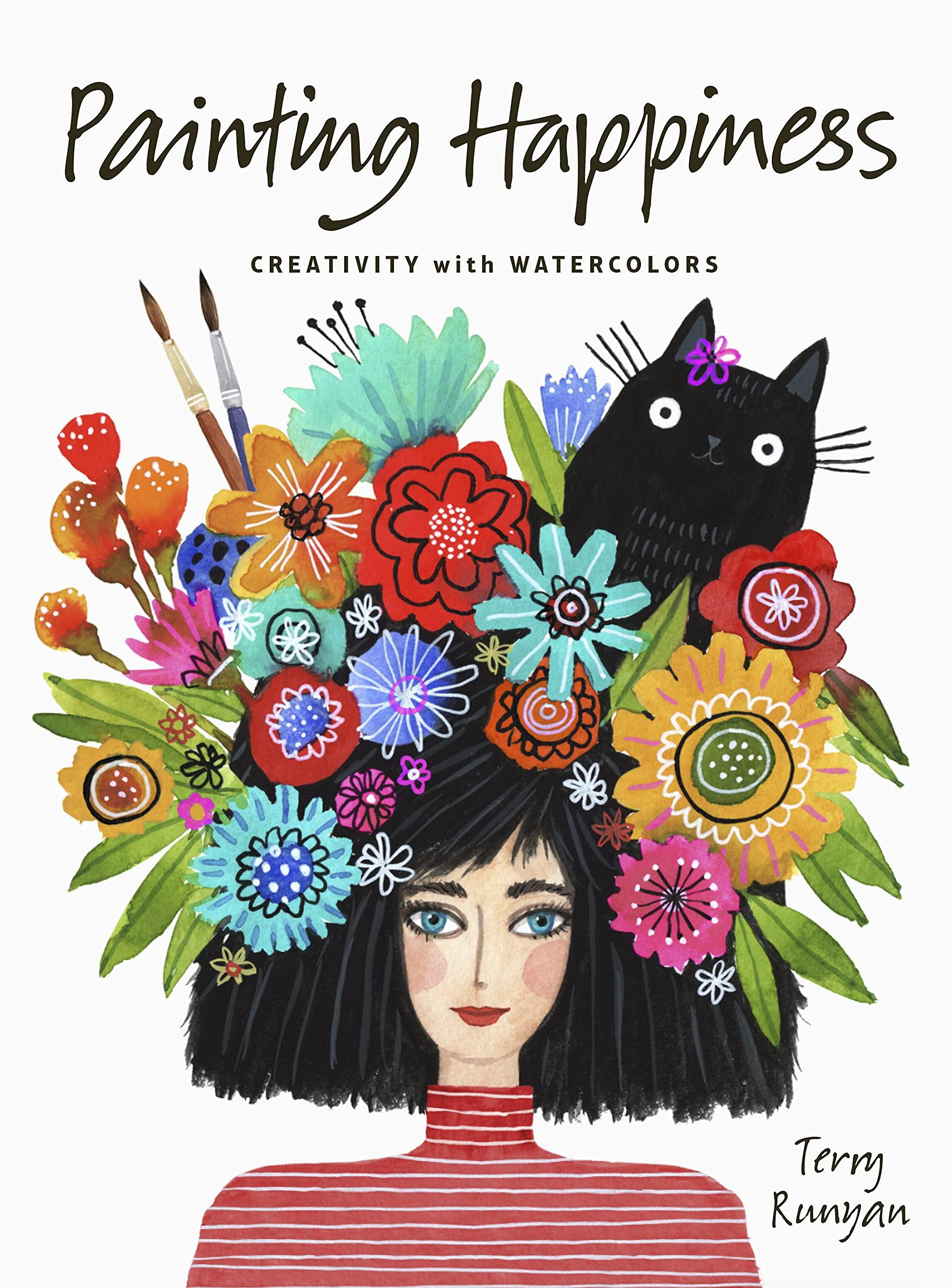Painting Happiness: Creativity with Watercolors


having trouble with the button? click the link below for the full book page: https://abe.ebookmarket.pro/esu/B09VZLV47Y/Painting-Happiness-Creativity-withWatercolors READ BOOK Painting Happiness: Creativity with Watercolors
PDF Painting Happiness: Creativity with Watercolors
EPUB Painting Happiness: Creativity with Watercolors
to expand your reading options, make sure to visit my account and explore the wide range of books available
Observation, Painting, and Drawing Another great practice is observational painting and drawing. Notice things around you and try to draw or paint them without expectations. If it helps, try “blind contour drawing” draw what you see but don’t look at the paper. This is also a great reason to keep a sketchbook with you when you are out and about. Keep An Open Mind Remember that not knowing when your art is finished is a natural part of learning to paint. When you think it has to be just right, once again, the inner critic has joined you. Remember this critic is trying to protect you and keep you safe. It means well but it is misinformed. Let it move through and focus back on what you are creating. Showing Up Even When Uninspired Inspiration meets us where we are and walks with us as we step forward. But inspiration often goes unnoticed. We know we want to create something but we don’t feel inspired to create anything now. Nothing is coming to mind to create, or everything that comes to mind feels uninteresting. During these times showing up anyway is the magical doorway and invitation for creativity to join you. Experimenting With Mixing Using warm and cool colors in different combinations gives a cleaner or a grayer appearance. Generally speaking, mixing a cool red with a cool blue will give you a cleaner violet/purple color mixing a warm red with a warm yellow will give you a cleaner orange. Texture And Patterns There is an infinite number of ways to add textures and patterns to a painting. Texture and pattern can be created with lines, and shapes within a shape. I enjoy using watercolor pencils, and white and black pens. Crumpled paper, rubber stamps, bubble wrap, and other objects can be dipped in paint and stamped onto an artwork to add textured details.
